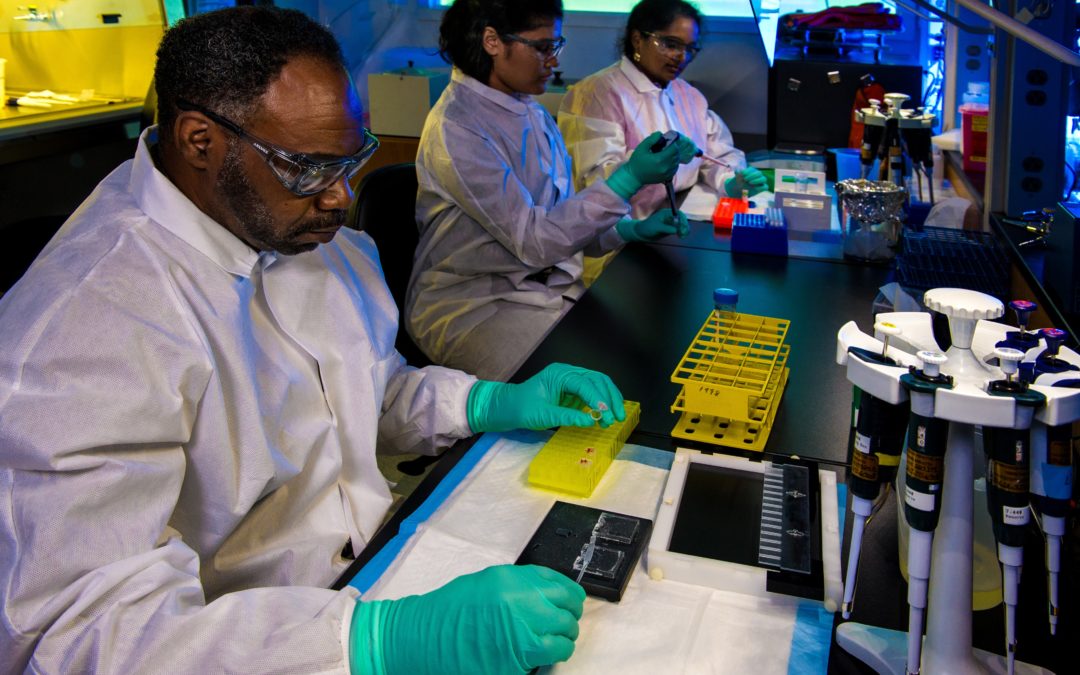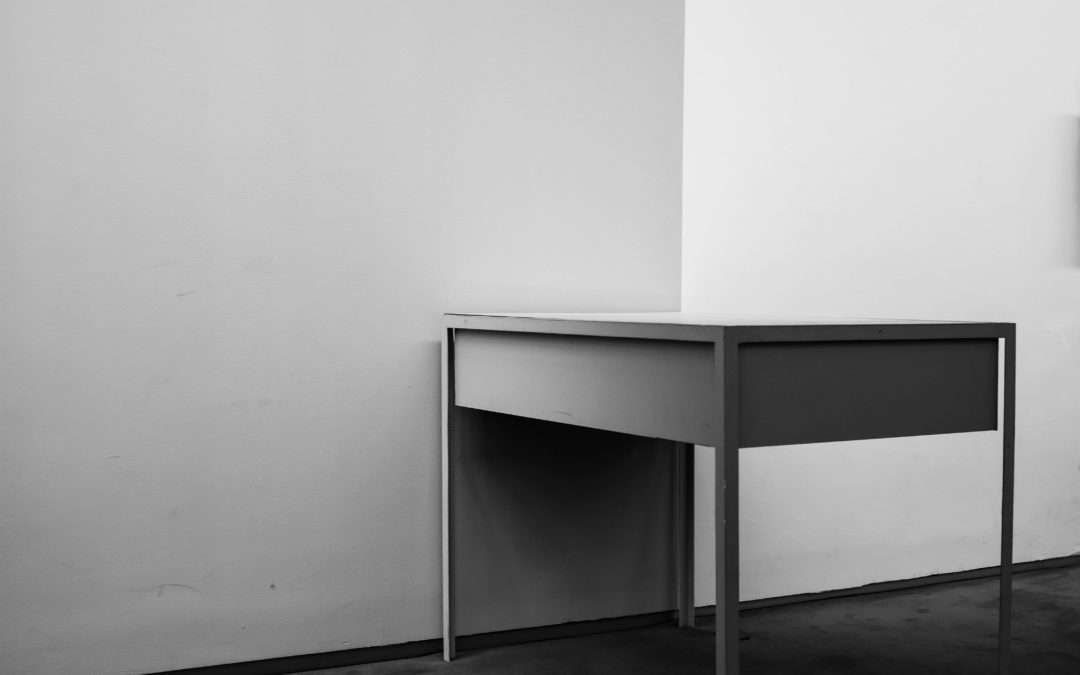
Medical Cleanroom Classifications Explained
Medical cleanrooms require strict cleanroom conditions, and so usually fall within ISO 14644-1 Classes 5-8. All medical cleanrooms must comply with their classification standards to ensure employee safety, guarantee product quality, and limit risk to the consumer or patient receiving products created, developed, or tested within a medical cleanroom.
Let’s break down medical cleanroom classifications a bit further. We’ll take a look at how medical cleanroom classifications work, the differences in standards between medical cleanroom applications, and how classifications affect medical cleanroom design.
What Are Medical Cleanroom Classifications?
Cleanroom classifications regulate the medical cleanroom’s degree of cleanliness and are defined by the allowed amount of contamination by particle count and size, as well as the necessary air change rates depending on the cleanroom’s classification level.
The International Standards Organization (ISO) developed the set of standards by which all cleanroom industries and applications must follow. Medical cleanrooms may also be governed by additional regulations by the International Standards Organization (ISO), US Pharmacopeia (USP), or other industry-specific standards.
ISO Classification Standards
ISO 14644-1 outlines the requirements for all cleanroom environments. To do this, the standards are grouped into Classes 1-9, where Class 9 is equivalent to room air and Class 1 represents the cleanest possible cleanroom environment. As the classification number falls, cleanrooms must comply with stricter standards to reach a cleaner, more controlled environment. The majority of medical cleanrooms fall within ISO Classes 5-8.
ISO 14644-1 proscribes cleanliness standards for cleanrooms by describing allowed contamination levels in terms of air particle size and count, air change rates or airflow velocity, and percentage of ceiling coverage for filtration.
Particle Count: Particle count refers to the number of particles of a certain size per cubic meter. Stricter ISO classes allow fewer particles, and also restrict the size of those particles. Cleanroom design should include a special airflow pattern that makes use of filters in the most efficient and effective way possible to trap and remove particles, and replace the air in the room with air that is fresh and contaminant-free.
Air Change Rate: The air change rate at which air is removed, filtered, and replaced. While less stringent environments may only require an air change rate of 5-40, cleanrooms with strict air quality standards may require hundreds of air changes per hour — at which point it’s expressed in terms of air velocity, because the clean air needs to be constantly filtered out and replaced.
Ceiling Coverage: Ceiling coverage refers to the percentage of ceiling coverage for HEPA filter/fan units, or FFUs. The more stringent your medical cleanroom classifications, the higher percentage of ceiling coverage required to filter air properly. Ceiling fan coverage is closely related to air change rate, as more FFUs will allow for more air changes to occur.
Medical Cleanroom Classifications by Application
Medical cleanrooms have some of the most stringent cleanroom classifications of any cleanroom type. Specific classifications and requirements change depending on the application of the cleanroom. Whether you’re working with biological, pharmacological, or mechanical elements, here is a breakdown of the medical cleanroom classifications for each application.
Medical Research Cleanrooms
Medical research laboratories require strict cleanroom conditions, and usually fall within ISO Class 5-7. The rigorousness of the standard is dictated by the risk level of contaminants to cleanroom operations and safety. For example, for research involving blood or stem cells, an ISO Class 5/Fed Std 209E Class 100 to ISO Class 7/Fed Std 209E Class 10,000 cleanroom environment is necessary, per ISO 14644 standards. Other medical laboratories are subject to ISO 15189, which also has regulations of control of the laboratory environment.
Pharmaceutical Cleanrooms
The minimum standard for pharmaceutical cleanrooms is generally ISO 5 (Federal Standard 209 Class 100), which requires 240-600 air changes per hour and 35-70 percent ceiling coverage to maintain an environment of 100,000 0.1μm particles per cubic meter.
Pharmaceutical cleanrooms are also governed by additional regulations by US Pharmacopeia, or USP Standards. Pharmaceutical compounding spaces follow USP Standards 797 for sterile non-hazardous compounds, or the stricter USP 800 for sterile hazardous compounds.
Medical Device Cleanrooms
Most medical device manufacturing cleanrooms must comply with ISO 5-8 standards, but the different stages of medical device production, assembly, and packaging have different cleanliness requirements, and often fall under separate classifications.
The stringency of requirements increases as device part sizes become smaller and more intricate, or the use of the device is more critical to health and survival. Specifically, medical devices cleanrooms that fall under more critical distinctions require a quality management system, as designated under the unique ISO 13485:2016 classification system. The quality management system is designed to follow the device through its lifecycle to determine quality and risk level and validate that it meets all necessary standards of quality and performance, and remains free of contamination.
Medical Cleanroom Design
Most medical cleanrooms have stringent cleanliness standards that require a high level of control in the cleanroom environment, with supporting systems to regulate temperature, humidity, pressure, static, air flow, and particulate matter.
HardWall cleanrooms are the most common type of cleanroom used in medical applications, as they offer a high level of control over environmental, can be highly customized to include all the special features each application requires, and can be designed to comply with the strictest medical cleanroom classifications. Medical cleanroom design also includes a powerful HVAC system as well as cleanroom lighting and furniture that fit seamlessly with the cleanroom layout and facilitate laminar airflow patterns.
Medical cleanrooms have some of the most stringent requirements of any other industry. If you’re unsure if your cleanroom can reach its classification standards, reach out to Angstrom Technology. Our cleanroom experts can design, build, and install medical cleanrooms that meet all of your specifications and requirements.





